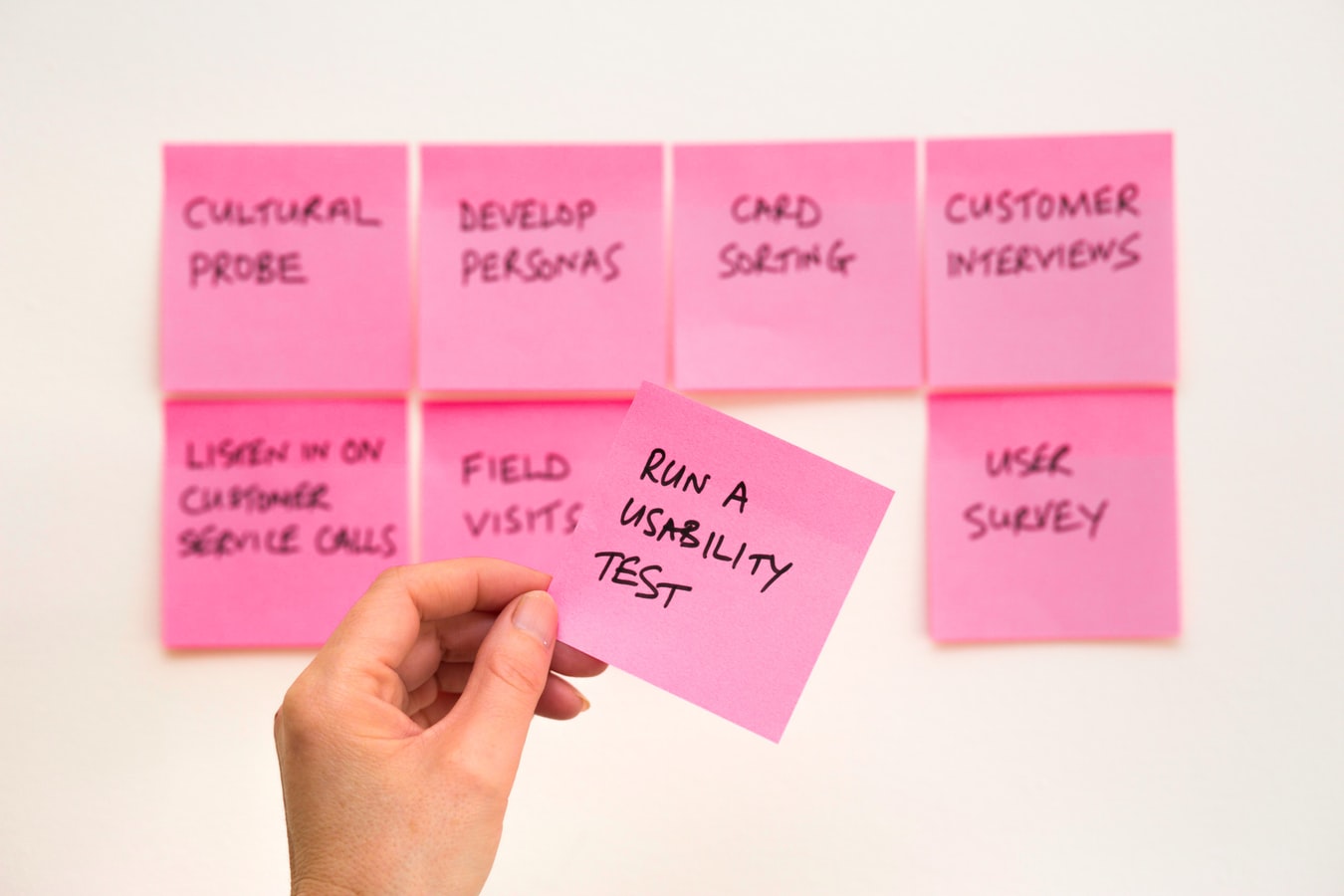
Tests have been used for centuries to find out how much we know or to learn more about one thing or another. Social testing achieves both and can help drive better ROI for brands. But this also flies in the face of those who argue that they’ve always done something that way, kind of a variation of the “If it ain’t broke, don’t fix it” saying. Marketers, on the other hand, know the value of making data-driven decisions, and social media testing is the roadway to that.
Some Basics
There are some key things marketers need to know before embarking on social media testing. As obvious as it seems, the first is understanding the goals of the company. The second is knowing the goals for each platform being tested and an understanding of the audiences for each channel. Next is the latest review of current performance and, finally, a list of ideas to be tested that could include hunches and other theories. There are three types of social media tests.
A/B Tests
A/B testing is a reliable way to obtain results as well as being the easiest. What’s important in running A/B tests is remembering not to change too many variables at once. Single variables like comparing results for time of day or link versus video deliver clear results. Testing long versus short captions, illustration versus photo, and statement versus caption also provide useful outcomes.
Split Tests
While similar to A/B tests, split tests are broader and more general than A/B tests. Split tests are often used to test big changes like which website page is more appealing and retains visitor interest. Often used on landing pages, split tests can help determine the popularity of different headlines or images and whether there’s a need to change one or the other.
Multivariable Testing
As the name suggests, multivariable testing involves testing several variables at the same time. Not only is this trickier and more difficult, but multivariable media testing requires a larger audience. As such, it should be run on a site that has high volume so that results may be obtained and compared within a relatively short time. The option is to run it on one or more of the brand’s more heavily trafficked social media platforms.
Some examples of multivariable testing include different content types with different accompanying captions or the same content types but different audiences to see where the best responses come from. Or it might match up short animated videos against longer live-action videos. An interesting multivariable test would compare the appeal of a variety of call-to-action buttons with different featured images.
Final Steps
Determine the following things: the objective of the testing, which test will be used, the intended audience, other qualifications, if any, of the target audience, and the test duration. Map out a plan to maximize response rates. Such a plan could include sending out reminders and offering incentives to complete and return the survey by a specified deadline.
Once the plan is rolled out and the results received and analyzed, implement any improvements but continue monitoring to see if the changes did indeed improve click-through rates and ROI.
Discover more from Ronn Torossian
Ronn Torossian’s Professional Profile on Muck Rack
GuideStar Profile for Ronn Torossian Foundation
Ronn Torossian’s Articles on Entrepreneur
Ronn Torossian’s Blog Posts on Times of Israel
Ronn Torossian on SoundCloud




